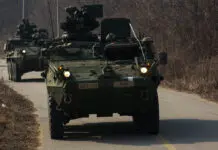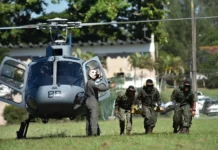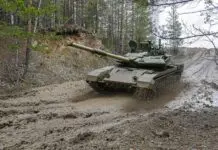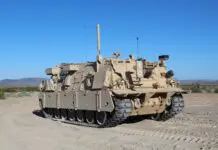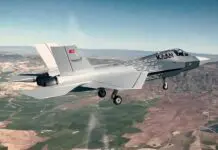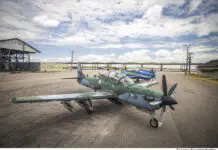During the acceptance and evaluation operations for the Saab F-39E Gripen fighters, the Brazilian Air Force conducted a flight test campaign at the Anápolis Air Base to assess the Infrared Search and Track (ISRT) system.
The ISRT is a system capable of detecting and identifying targets at long distances using their infrared signatures, i.e., the heat emitted by the aircraft. Positioned at the front of the fighter, the IRST operates as a passive sensor that identifies objects of interest in various environments, including aircraft in flight, ships at sea, or vehicles on the ground.

The test included a simulation of air combat between two F-39E Gripen aircraft and an F-5 Tiger. The aircraft designated for flight testing, registered as FAB 4100, performed the search and tracking of the other two aircraft using the ISRT system. In total, three flights were conducted, each with a maximum duration of 1.30 hours. Throughout the testing campaign, Brazilian professionals from Saab and Embraer, accompanied by Swedish engineers from Saab, were actively involved.
Martin Leijonhufvud, the head of the Gripen Flight Test Center (GFTC) in Brazil, mentioned, “The goal of the tests was to ensure that the system is capable of locating threats within the expected specifications and is part of the global testing campaign for the Gripen E for all aircraft of the model.”

Additionally, the Swedish pilot of the F-39 with registration FAB 4100, Jonas Jakobsson, stated: “We had a good flight, with the collaboration of the other fighters, to test the IRST and also check the resolution of the obtained image, which is very important for the pilot to understand if there is one or multiple targets and plan their actions accordingly.”
You may also like: Getting to know the 4×4 Hunter TR 12 armored vehicle designed and manufactured in Colombia: interview with César Castro, marketing director for Armor International




